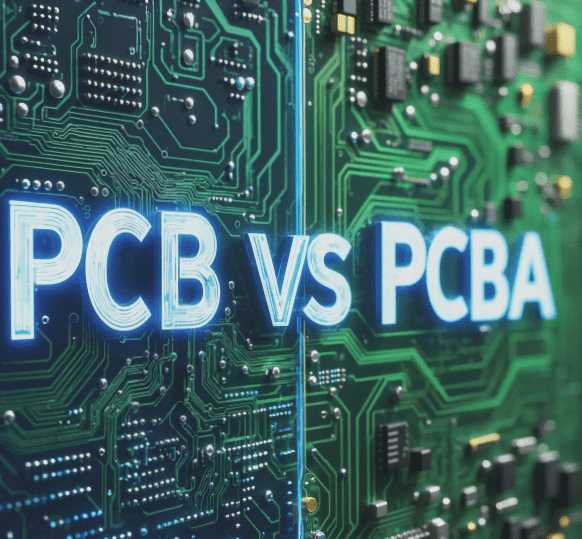What is a PCB Circuit Board?
Imagine you have A lamp, smartphone, or computer are examples of electronic devices. Every device contains a tiny yet essential part that enables its operational …
PCB VS PCBA
Different concepts PCB (Printed Circuit Board): A PCB is a printed circuit board, typically referring to a bare board without any electronic components soldered onto …
How to Optimize the Application of Rigid-Flex PCBs in PCB Design
PCB design is advancing towards thinner, lighter, smaller, and higher-density integration. Rigid-Flex PCB, as an innovative combination of FPC and traditional rigid PCB, integrates flexible …
Flex PCB production 2025: first-class Practices for AI Automation, Miniaturization, and materials
Introduction about Flex PCB production The electronics company is cutting-modern day a generation, especially in Flex PCB production. Flex PCBs are becoming ultra cutting-edge and …
Flex PCB Fabrication: A Comprehensive Guide
In the rapidly evolving world of electronics, flex PCB fabrication has emerged as a critical process, enabling the creation of innovative and highly functional electronic …
PCB Board means: knowledge the importance and technique of PCB
PCB Board Means: Understanding the Importance and Process of PCB Printed Circuit Boards (PCBs) are the spine of contemporary digital devices, imparting each structural assist …


